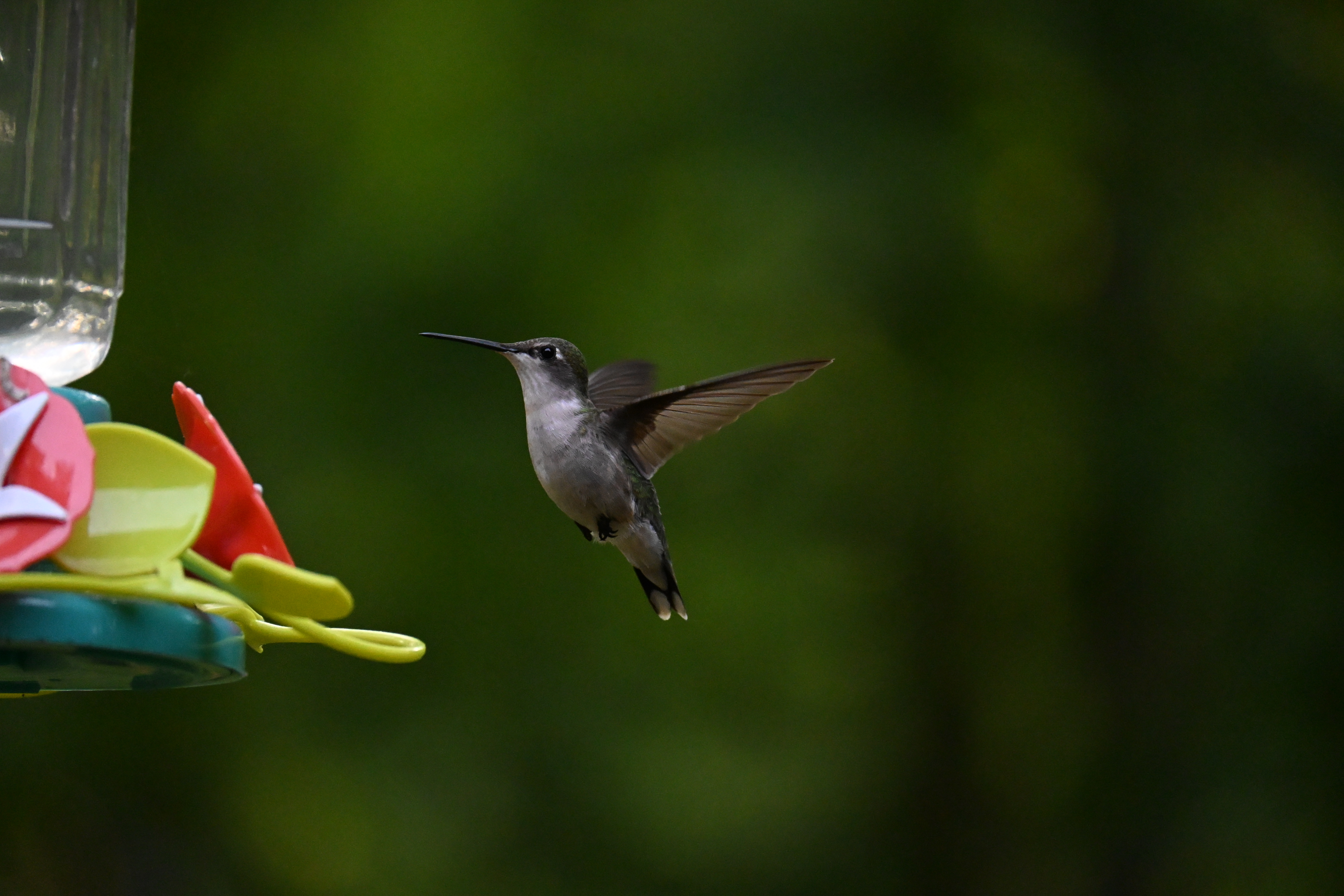The Nikon Z50 II is a camera that redefines entry-level – and that’s 100 percent why I love it
The Nikon Z50 II is an entry-level camera, but it has unusual autofocus and durability for the price

Cameras tend to fit neatly into labels, but sometimes a camera comes along that feels like it has redefined the label entirely. The Nikon Z50 II is one such camera. The Nikon Z50 II falls under the label of an entry-level mirrorless, yet it borrows flagship autofocus tech, snaps quick-moving subjects with quick burst speeds, and doesn’t come with a plasticky build. The Z50 II is setting new standards for what an entry-level camera should be capable of.
The Nikon Z50 II isn’t Nikon’s cheapest mirrorless, but it’s close, sitting at $1,149.95 / £999 / AU$1,849 / CA$1,449 when paired with the compact 16-50mm kit lens. That makes it the more high-end model among Nikon’s APS-C mirrorless line, sitting above the more compact Nikon Z30.
Nikon has a fantastic idea of what an entry-level camera should look like. Entry-level mirrorless cameras shouldn’t eclipse pricey pro cameras, but they should borrow the high-end features that make learning photography simpler, and that’s exactly what the Nikon Z50 II does.
Autofocusing on action is one of the toughest tasks for new photographers, yet many entry-level cameras have rather slow performance. The Nikon Z50 II borrows the subject detection of high-end models like the Z8. I used the budget mirrorless for wildlife photography, and I was surprised at how well the animal eye detection was able to keep up with birds in flight. No, it’s not going to outdo the Z8, but the Z50 II’s smart autofocus system is a big help for novice and mid-level photographers.




The subject detection isn't the only perk on the Z50 II's autofocus – it also does fantastic in low light for the entry-level category.
The camera’s 30 fps max burst with JPEGs and 11 fps with RAW isn’t bad either. When I first started out in photography, my entry-level Nikon DSLR had a burst speed of just 3 fps, a key example of how far entry-level cameras have come over the last decade.
The other feature that’s harder to find on entry-level mirrorless cameras is weather-sealing, but Nikon added some to the Z50 II. While not as robust as its high-end models, the seals help keep out dust and light rain. But it’s just as important to note that the Z50 II doesn’t feel like cheap plastic.
The best camera deals, reviews, product advice, and unmissable photography news, direct to your inbox!
Don’t get me wrong, there are several features that still earmark the Z50 II as a budget mirrorless camera. It uses an APS-C sensor that’s still 20.9MP. Most disappointing for beginners is that there’s no stabilization in the body, which can help new photographers avoid some (but not all) of the frustration of blurry images from camera shake.
But, I love Nikon’s approach to entry-level models – keeping the price reasonable but fitting in some higher-end tools that make learning photography easier. That same approach is also evident in entry-level full-frame options like the Nikon Z5 II.
You may also like
See how the Nikon Z50 II fares against other entry-level models like the Canon EOS R10 and Sony A6100. Or, browse the best Nikon cameras or the best lenses for the Nikon Z50 II.

With more than a decade of experience writing about cameras and technology, Hillary K. Grigonis leads the US coverage for Digital Camera World. Her work has appeared in Business Insider, Digital Trends, Pocket-lint, Rangefinder, The Phoblographer, and more. Her wedding and portrait photography favors a journalistic style. She’s a former Nikon shooter and a current Fujifilm user, but has tested a wide range of cameras and lenses across multiple brands. Hillary is also a licensed drone pilot.
You must confirm your public display name before commenting
Please logout and then login again, you will then be prompted to enter your display name.
